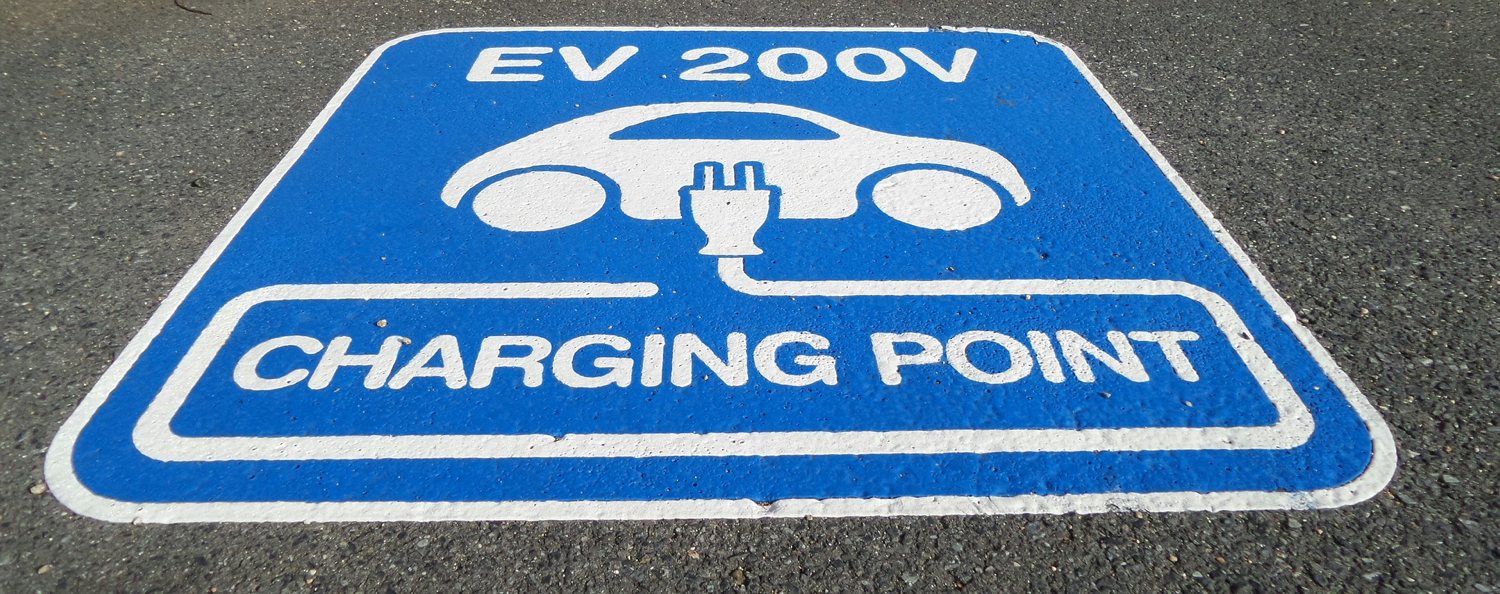
Overview
As any electric car owner knows, it is important for every electric vehicle (EV) to properly and accurately display remaining driving range based on the current battery charge. The number of EV charge stations is growing, but until they are as ubiquitous as gas stations, drivers will experience “range anxiety” and EV dynamic range estimation will remain important.
There are two types of EV range estimations. One is the “static” range, i.e. an indication of how far the car can travel when fully charged in normal driving conditions. This is obviously an important consideration when first buying the car. The second type is “dynamic” range, which tells the driver how far they can go at the current battery level. This piece will focus primarily on EV dynamic range, specifically the advantages of incorporating digital maps for better overall range estimation.
State of the Art
Let’s look at the top three bestselling electric vehicle models in US – Tesla Model-S, Tesla Model-X and Nisan Leaf[1]. All three provide some sort of dynamic range estimator.
Tesla’s Model-S and Model-X display estimated (projected) range on their instrument cluster. The projected range is calculated based on average range, instant range and past energy usage data[2].
Nissan Leaf has a similar “driving range” indicator[3]. It displays the estimated driving range calculated based on current driving style and operational conditions.
It appears that most EV models use a similar approach for calculating estimated driving range. Based on historical energy usage data, they estimate future consumption and multiply that by the battery charge to come up with a driving range. One drawback of this approach is that it fails to account for the geographical context in which the energy consumption was collected. Consider, for example, that the vehicle is traveling uphill on a long road. The instant energy consumption in this case will be very high (a lot more energy will be used compared to normal driving on a flat road). As a result, the projected range will shrink dramatically. Conversely, once the driver reaches the end of that road the vehicle might be on a top of a hill, and from that point on will get a much higher actual range. This kind of model “estimates” that the high energy consumption is due to poor driving and as a result punishes the driver by lowering the estimate.
Vehicle makers typically use a conservative statistical model, reasoning that it is better to show a shorter range than the real range at the risk of overestimating and leaving the driver without enough charge.
The reason these statistical models are less precise than they could be, as stated above, is because they don’t take into account the context (especially geographical) when building the historical model parameters. In other words, they don’t actually “know” why the energy consumption was higher. Even with machine learning techniques, reliance on purely historical data will always suffer from this problem. One option is to utilize additional sensors, e.g. 3D accelerometers or inclinometers, to send information to the car computer and use that information to “compensate” the non-standard energy consumption in the range estimation model. However, the sensors cannot tell what terrain lies ahead of the vehicle’s current position. So even if the model can be tuned correctly to estimate the vehicle and driver’s energy consumption factors, it cannot predict the actual range.
Maps Provide Context
One way to solve the context problem is to integrate maps as a part of the electric vehicle’s on-board computer. A map, together with environmental information (temperature sensors, weather prediction), can provide the necessary context to correctly determine instant energy consumption and appropriately attribute it to driving style, vehicle conditions or topological factors, and then use that information to correctly predict driving range.
A digital map used for these purposes must at the minimum include geometry and connectivity information as well as accurate elevation (or slope) information. Other useful map attributes are the ability to detect the presence of stop signs, traffic lights, speed limit information and historical traffic speeds.
Geometry and connectivity information is needed to correctly position the vehicle on the road network using the GPS, as simply knowing the longitude/latitude of the vehicle is not enough. The computer needs to know which road segment the vehicle is located on and then apply the attributes associated with that segment to the energy model. One important attribute, for example, is the slope of the road at any given point. The road connectivity information tells the vehicle where it can go and allows for more accurate forward-looking prediction.
Stopping and starting the vehicle (at stop signs or traffic lights) is another factor that can contribute to differences in energy consumption among drivers. Although stopping typically helps with energy consumption thanks to regenerative braking, the energy costs of aggressive acceleration outweigh these benefits. An “aggressive” driver who makes too many stops, then, might cause a severe decrease in driving range. A model that incorporates a digital map can correctly estimate this factor and “look ahead” to see if upcoming roads have stop signs that apply the correct “penalty” factor, and can even feed this information to the routing engine for the on-board navigation system. The routing engine can than correctly score the road paths that go through stop signs and then avoid them to provide a more energy efficient route for that specific driver.
Similarly, speed limit information from the digital map can be used to estimate how much energy loss is due to speeding vs. expected traffic flow. With high speeds the air resistance plays a significant factor in the energy consumption.
Eolas EV
At Abalta we’ve attempted to solve the problem of range anxiety with the EolasEV SDK. Eolas EV is an ideal solution for carmakers who want to take advantage of digital mapping technology to improve range estimation. By accounting for a multitude of factors including street slope, traffic signs and historical driving patterns, Eolas delivers range visualization that is more accurate and useful than alternate methods. Additional real-time routing features, such as EV charging stations and dynamic traffic data, provide added value to EV drivers.
Conclusion
It will take few years for EV range to match gasoline vehicles and just as long if not longer before we see EV charge stations at every corner. In the meantime, automakers can take advantage of sophisticated mapping technologies to help take the guesswork out of the EV driving equation.
[1] https://www.statista.com/statistics/257966/best-selling-electric-cars-in-the-united-states/
[2] Tesla-X User’s Manual. Page 62. URL: https://www.tesla.com/sites/default/files/model_s_owners_manual_north_america_en_us.pdf
[3] 2016 Nissan Leaf Manual. Pg. 46


